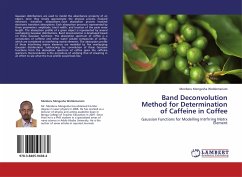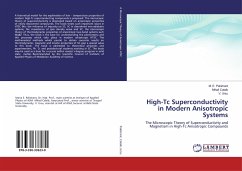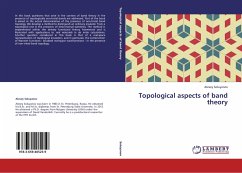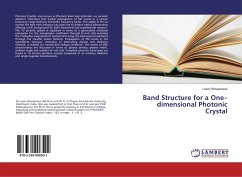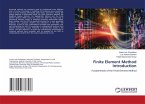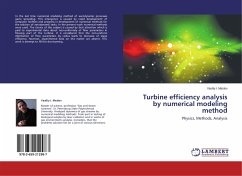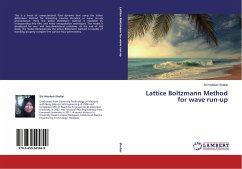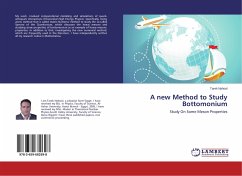Gaussian distributions are used to model the absorbance property of an object, since they closely approximate the physical process involved electronic transition absorptions. Each absorption process involved electronic transition absorptions. Each absorption process is represented by three parameters: amplitude, band width, and location of the peak wave length. The absorption profile of a given object is represented by several overlapping Gaussian distributions. Band deconvolution is developed based on these Gaussian functions. The absorption spectrum of coffee is a convolution of caffeine and other water soluble compounds of coffee, which are considered as interfering matrix elements. The absorption profile of these interfering matrix elements are modeled by five overlapping Gaussian distributions. Subtracting the convolution of these Gaussian functions from the absorption spectrum of coffee gives the caffeine spectrum. Deconvolution is the procedure of undoing that of smearing in an effort to see what the true profile would look like.

